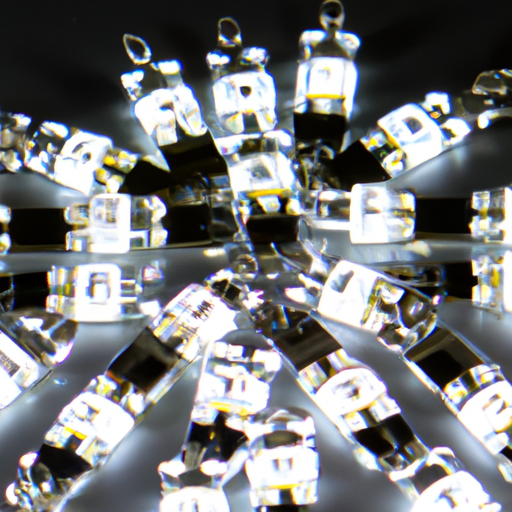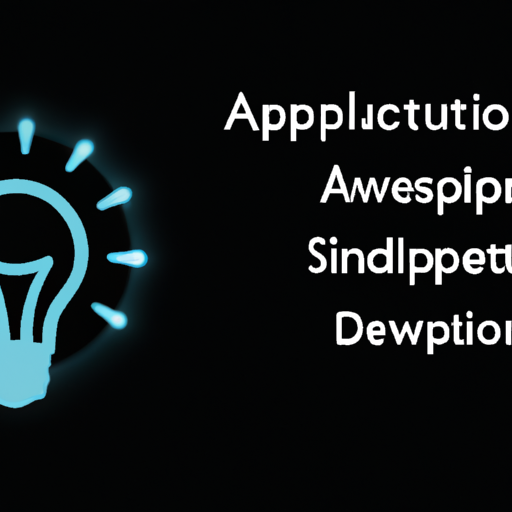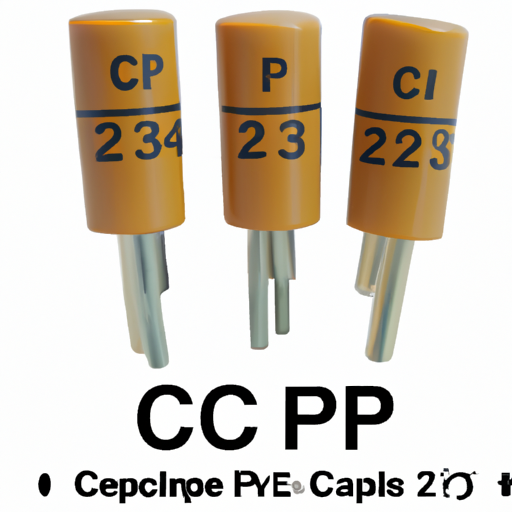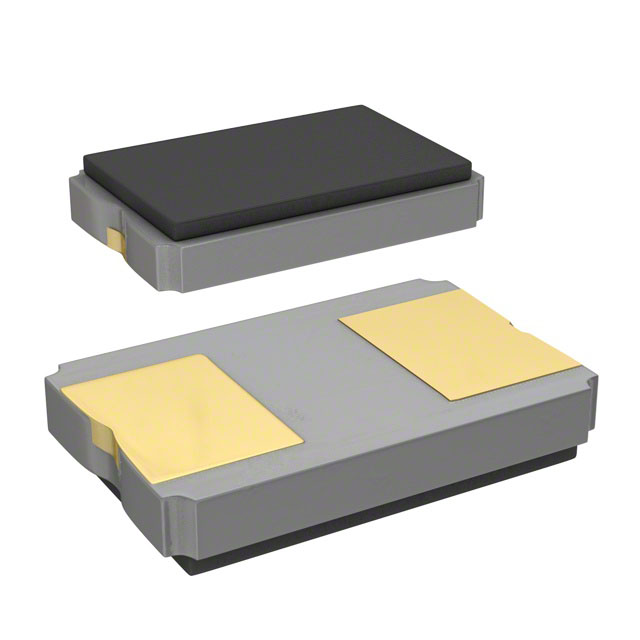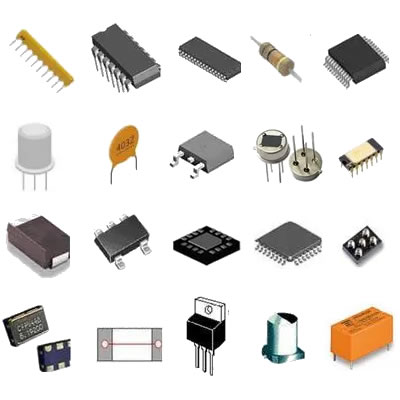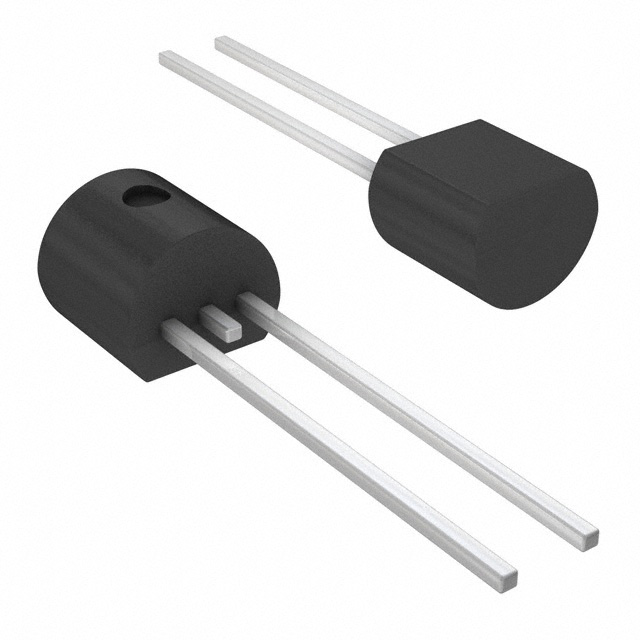TSW-105-07-T-D LED Emitters - Infrared, UV, Visible highlighting the core functional technology articles and application development cases of LED Emitters - Infrared, UV, Visible that are effective.
TSW-105-07-T-D LED Emitters: Infrared, UV, and Visible Technologies
LED emitters, including those in the infrared (IR), ultraviolet (UV), and visible spectrum, have become essential components in various applications due to their efficiency, longevity, and versatility. Below, we highlight the core functional technologies and application development cases for each category of LED emitters.
Core Functional Technologies
1. Infrared (IR) LED Emitters - **Technology Overview:** IR LEDs emit light in the infrared spectrum, typically between 700 nm and 1 mm. They are used in applications requiring non-visible light, such as remote controls, night vision devices, and thermal imaging. - **Key Features:** - **Low Power Consumption:** Efficient energy use makes them ideal for battery-operated devices. - **High Reliability and Long Lifespan:** Reduced maintenance costs and increased operational uptime. - **Ability to Penetrate Fog, Smoke, and Dust:** Effective in various environmental conditions.
| Applications:Applications: |
| Key Features:Key Features: |
| Applications:Applications: |
| Key Features:Key Features: |
| Applications:Applications: |
| Remote Sensing: Utilized in motion detectors and security systems for enhanced surveillance.Remote Sensing: Utilized in motion detectors and security systems for enhanced surveillance. |
| Medical Devices: Employed in pulse oximeters and infrared therapy for non-invasive monitoring and treatment.Medical Devices: Employed in pulse oximeters and infrared therapy for non-invasive monitoring and treatment. |
| Industrial Applications: Used in machine vision systems for quality control, ensuring product consistency.Industrial Applications: Used in machine vision systems for quality control, ensuring product consistency. |
| Compact Size and Low Heat Generation: Facilitates integration into various systems without significant thermal management.Compact Size and Low Heat Generation: Facilitates integration into various systems without significant thermal management. |
| Instant On/Off Capabilities: Provides immediate functionality, crucial for applications requiring rapid response.Instant On/Off Capabilities: Provides immediate functionality, crucial for applications requiring rapid response. |
| Environmentally Friendly (Mercury-Free): Safer alternatives to traditional UV sources.Environmentally Friendly (Mercury-Free): Safer alternatives to traditional UV sources. |
| Disinfection: Used in water purification systems and air sanitization, particularly in healthcare and food processing.Disinfection: Used in water purification systems and air sanitization, particularly in healthcare and food processing. |
| Curing: Employed in the curing of inks, coatings, and adhesives, enhancing production efficiency.Curing: Employed in the curing of inks, coatings, and adhesives, enhancing production efficiency. |
| Medical Applications: Used in phototherapy for skin conditions, offering targeted treatment options.Medical Applications: Used in phototherapy for skin conditions, offering targeted treatment options. |
| High Luminous Efficacy: Provides bright illumination with lower energy consumption.High Luminous Efficacy: Provides bright illumination with lower energy consumption. |
| Wide Color Range (RGB): Enables diverse applications in lighting and displays.Wide Color Range (RGB): Enables diverse applications in lighting and displays. |
| Dimmable and Tunable Options: Allows for customization of light output to suit specific needs.Dimmable and Tunable Options: Allows for customization of light output to suit specific needs. |
| General Lighting: Used in residential, commercial, and street lighting, contributing to energy savings and improved visibility.General Lighting: Used in residential, commercial, and street lighting, contributing to energy savings and improved visibility. |
| Displays: Employed in televisions, monitors, and digital signage, enhancing visual experiences.Displays: Employed in televisions, monitors, and digital signage, enhancing visual experiences. |
| Indicators and Signals: Used in automotive lighting and electronic devices for clear communication of status.Indicators and Signals: Used in automotive lighting and electronic devices for clear communication of status. |
2. Ultraviolet (UV) LED Emitters - **Technology Overview:** UV LEDs emit light in the ultraviolet spectrum, typically between 100 nm and 400 nm. They are used for sterilization, curing processes, and fluorescence applications.
3. Visible LED Emitters - **Technology Overview:** Visible LEDs emit light in the visible spectrum, typically between 400 nm and 700 nm. They are widely used in lighting, displays, and indicators.
Application Development Cases
1. Smart Home Automation (IR LEDs) - **Case Study:** Integration of IR LEDs in smart home devices for motion detection and remote control functionalities. These systems enhance security and convenience by allowing users to control devices from a distance, improving user experience and energy management.
2. UV-C Disinfection Systems - **Case Study:** Development of UV-C LED systems for air and surface disinfection in healthcare settings. These systems gained prominence during the COVID-19 pandemic, showcasing the effectiveness of UV LEDs in reducing pathogens and ensuring safer environments.
3. Plant Growth Lighting (Visible LEDs) - **Case Study:** Use of full-spectrum visible LEDs in indoor farming and horticulture. These LEDs are tailored to emit specific wavelengths that promote photosynthesis, leading to higher crop yields and faster growth rates, revolutionizing agricultural practices.
4. Automotive Lighting Solutions (Visible LEDs) - **Case Study:** Implementation of visible LEDs in automotive headlamps and taillights. The use of LEDs improves energy efficiency, enhances visibility, and allows for innovative designs such as adaptive lighting systems that adjust to driving conditions.
5. Industrial UV Curing Systems - **Case Study:** Adoption of UV LED curing technology in the printing industry. This technology allows for faster production speeds and reduced energy consumption compared to traditional curing methods, streamlining manufacturing processes.
Conclusion
LED emitters in the infrared, ultraviolet, and visible spectrums are transforming various industries through their unique properties and applications. As technology continues to advance, the development of more efficient and versatile LED emitters will likely lead to new applications and innovations across multiple sectors. The ongoing research and development in this field promise to enhance the functionality and effectiveness of LED technologies, making them integral to future advancements in lighting, sensing, and health applications.

